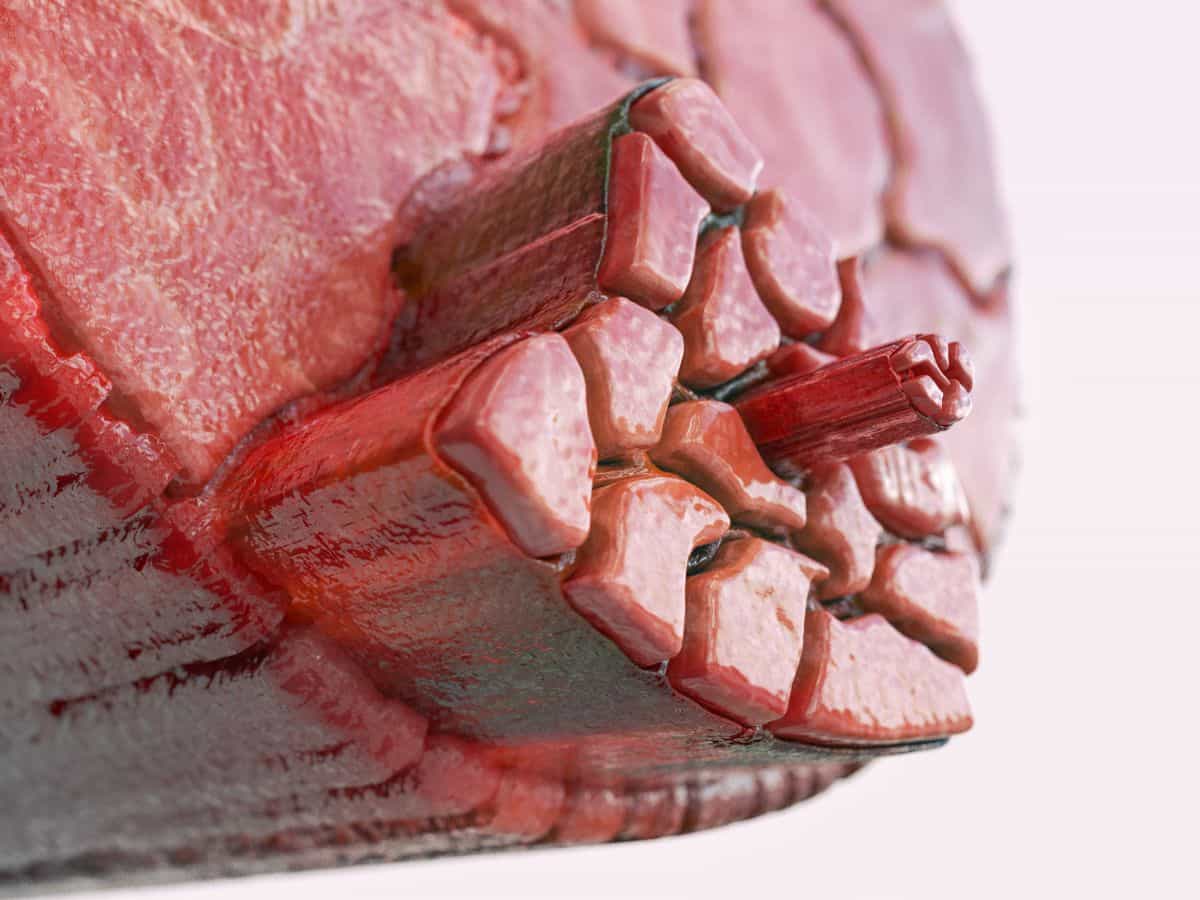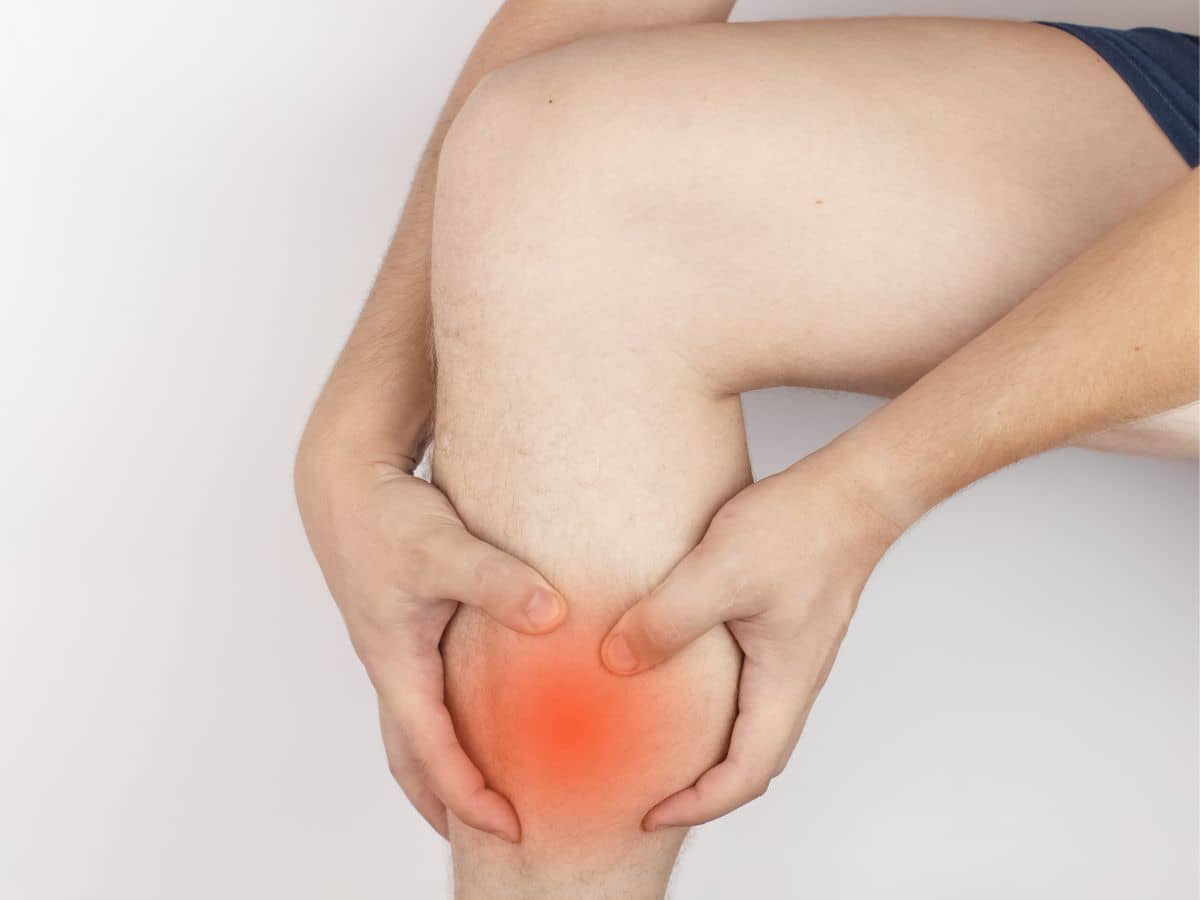
Everything you need to know about adductor injuries

The adductors are a group of muscles located on the inner side of the thigh. They are responsible for adduction, that is, the movement of the thigh from inside to outside and vice versa, thanks to which we can cross one leg over the other. Another function of the adductors is the stabilization of the pelvis, thus keeping the body in an upright posture.
Tabla de contenidos
Most likely causes of adductor injury
Adductor muscle overload due to overtraining, slippery terrain, alpine running or lateral movements, as occurs in tennis, paddle tennis, basketball and rugby, among others.- Excessive repetition of the forced stride.
- Training on slopes and stairs.
- Strain due to abrupt opening of the lower limb.
- Fiber ruptures.
- Decompensation between the adductor and rectus abdominis muscle groups.
- Abrupt changes of direction.
- Anatomical decompensation of the lower extremity.
Symptoms of adductor injury
Symptoms of adductor injury vary depending on the degree of muscle injury.- In general, the patient usually manifests acute pain, especially in the movement of contraction and relaxation of the muscle, and may also radiate to other areas of the leg, such as the groin.
- On the other hand, the pain is very characteristic in a particular point of the pubic bone, where the muscle originates.
- A very clear symptom is that the pain is greatly increased by pressing the legs inward with resistance (the example in the image would be a good one, although it is better to do it lying down and with both legs at the same time).
- The distance between the origins of the adductor medius and the abdominals is smaller than normal.
- In some cases, the patient may present swelling in the area or bruising, depending on the degree of muscle injury already referred to in the previous post. In general, it is usual to present immobility or stiffness in the leg affected by the fiber rupture.
Evolution of the adductor injury
Once the rupture of the muscle fibers occurs, the patient goes through a series of phases, each of which presents different symptomatological characteristics: Phase 0, are the almost immediate reactions that the body performs after the injury, the symptoms are:- Hemorrhage or bleeding
- Inflammation
- Sensation of heat
- Redness
- Dysfunctionality in the execution of movements
- Inflammation
- Vasodilatation
- Secretion of growth factors
- Creation of a white scar
- Recovery of the injured area begins
- New fibrous and muscle tissue begins to form
- Blood vessels begin to form
- The muscle begins to give readaptation responses, with the intention of performing its function again.
- Excessive fibrosis may occur
Diagnosis
Although the symptoms and discomfort described by the patient in the anamnesis and physical examination, provide important information that can guide the health professional to establish the diagnosis. It can only be established that this lesion is present with the help of imaging studies such as ultrasound or magnetic resonance imaging. In the case of ultrasound or ultrasound, the study, in addition to being used to identify the area and extent of the lesion, serves to evaluate periodically during recovery. The images obtained with these studies can also help to evaluate other causes of pain, such as those mentioned in the differential diagnosis.Treatment
The treatments so far comprise a conservative therapy based on a combination of sports rest, use of ice on the affected region, administration of non-steroidal anti-inflammatory drugs together with physiotherapy exercises. However, in recent years, the therapeutic approach has focused on the different phases of the aforementioned injury and aims at the use of inflammation modulators that respect the biological timing of the inflammatory process itself and contribute to tissue regeneration mechanisms.
Other related articles

